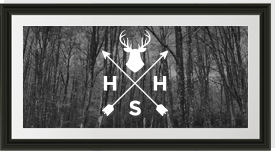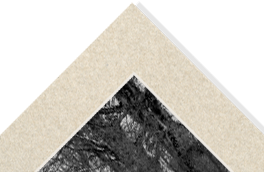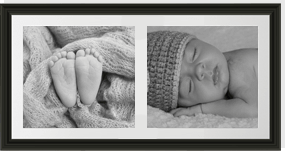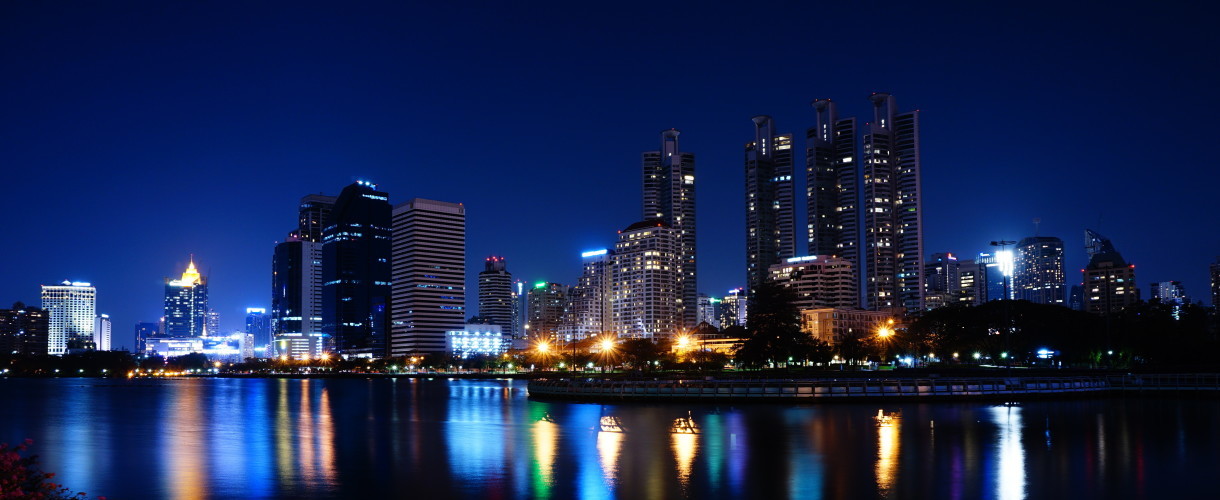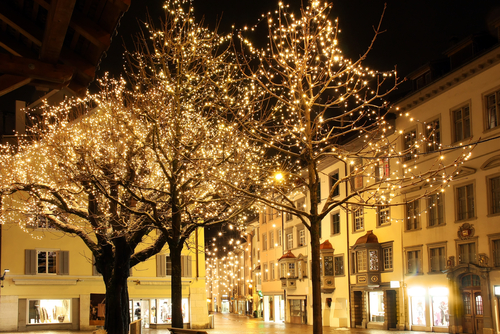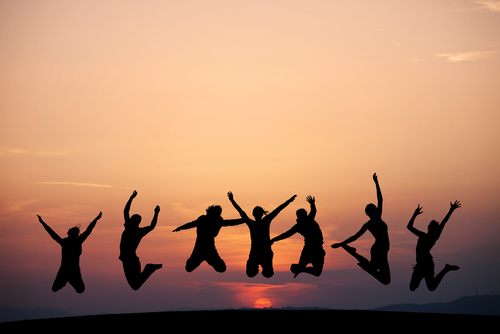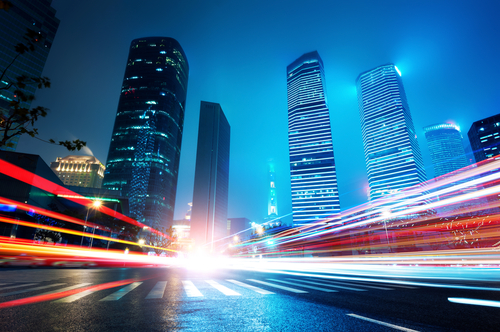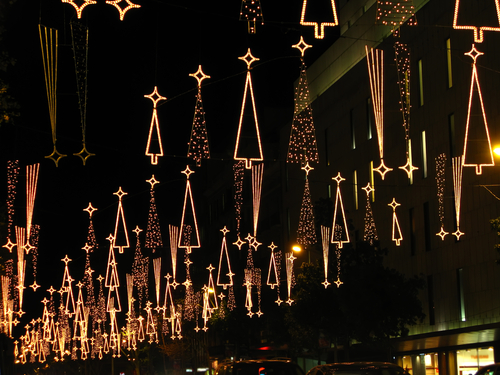How to take pictures in the dark
Taking pictures in the dark
It’s December, the evenings are dark, so it’s the perfect time to take night-time pictures! This blog is aimed at the newbie photographer who is just beginning to experiment with taking photos in the dark. Maybe you’ve tried taking pictures at night-time and ended up with mixed results? Well, this brief guide will try to bring your late night photography into focus.
What you’ll need
- Digital SLR camera (Single Lens Reflex)
- Tripod
- Your camera’s instruction manual or an understanding of how to change the settings
Capture a silhouette at sunset
To create a silhouette you need to place your subject (person, tree, cat, etc) in front of a source of light – in this case it’s the sun. Looking directly into sunlight is dangerous, and can harm your camera too, so use a filter on your lens, or wait until the light has dimmed sufficiently. You won’t need a flash – a flash would light up your subject’s features, but you want them to appear featureless apart from their outline.
Often you’ll find that your camera is clever enough in ‘automatic’ mode to light up the subject. So, switch to manual mode. Then begin shooting at a variety of exposures and let your camera and the light decide which exposure works best for the look you want to create.
- No flash
- More light behind the subject than in front
- Use manual mode
- Use a tripod for stability
- Use a filter on your lens and take care when shooting / looking directly at sunlight.
How to photograph moving lights
To create the look in this photo, which was taken in Shanghai’s Lujiazui Finance district, China, the first thing you’ll need is the perfect location. Find a bridge overlooking a road with moving traffic, or position yourself next to a road, or set of traffic lights, with your camera and tripod. These photos can be taken at twilight, or in the dark.
Using the manual mode, decrease your shutter speed. Very long / slow shutter speeds will blur a moving object – in this case the lights from the traffic. (A quick or short shutter speed is good for capturing stills of moving objects, minus the blur.)
It’s a good idea to choose a backdrop to the traffic that will remain stationary, so only the traffic lights are blurry. The winner of our November 2013 competition used this technique to great effect with their ‘sparkler’ photo.
How to photograph a building at night
This shot of the iconic Big Ben tower in London was taken at twilight. Taking pictures at this time of day helps the photographer avoid shadows, but getting the exposure right in a photo like this is trickier. Overexposure will leave a washed-out looking sky, whereas an underexposed photo will lack texture and definition. It’s recommended you try lots of different exposures and do not use a flash.
Some photographers use HDR technology (High dynamic range) to create the ultimate night-time image from differently exposed pictures of the same subject.
If you’re photographing Christmas lights in the dark, turn your camera to the manual mode which will allow you to focus on the lights (in automatic mode the camera is more likely to focus on objects such as buildings, or people).
We hope we’ve inspired you to try some digital photography in the dark. We’ll be running another photography competition in the New Year, so try out the techniques we’ve listed here and send us your results on Facebook!
